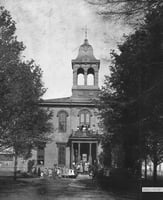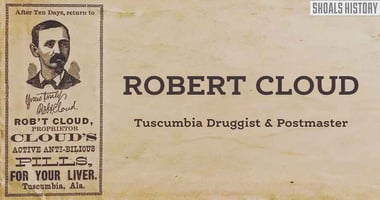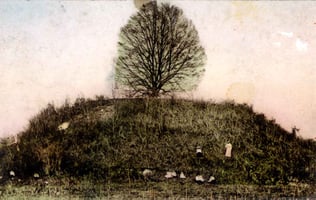Deshler Female Institute, Tuscumbia, Alabama
The Keeley Institute's Gold Cure
The Keeley Institute
In the late 19th century, as opium and alcohol addiction rates soared in America, a novel treatment emerged: the Keeley Gold Cure. This revolutionary approach, developed by Dr. Leslie E. Keeley promised to cure alcoholism and other addictions through the administration of a special compound. Keeley’s cure was allegedly made from “double chloride of gold,” but it was actually a composition of atropine, strychnine, arsenic, cinchona, and glycerine. The Keeley Institute, established in Dwight, Illinois, in 1879, quickly gained national attention, and soon, Keeley Institutes were popping up across the country.
Florence, Alabama, was not immune to the allure of the Keeley Cure. Local newspapers reported with enthusiasm about the potential establishment of a Keeley Institute in the city. Dr. W. F. Berry, the general superintendent of the Keeley Gold Cure Company, visited Florence to assess the feasibility of such an institution, and was impressed by the city's potential.
Keeley Institute in Florence, Alabama
The idea of a Keeley Institute in Florence was not met with unanimous approval. Some citizens expressed concerns about the effectiveness of the treatment, while others questioned the propriety of establishing such an institution in a respectable city. Proponents of the Keeley Cure argued that it offered a much-needed solution to the problem of addiction and could contribute to the city's reputation as a progressive and forward-thinking community.
The efforts to establish a Keeley Institute in Florence were unsuccessful. Despite the enthusiasm of some local residents and the support of prominent figures like Dr. L. W. Arnold, the city failed to raise the necessary funds to establish a permanent institution. While the Keeley Cure may have gained popularity elsewhere, Florence's residents remained divided on the issue, and the dream of a local addiction treatment center remained unfulfilled.






